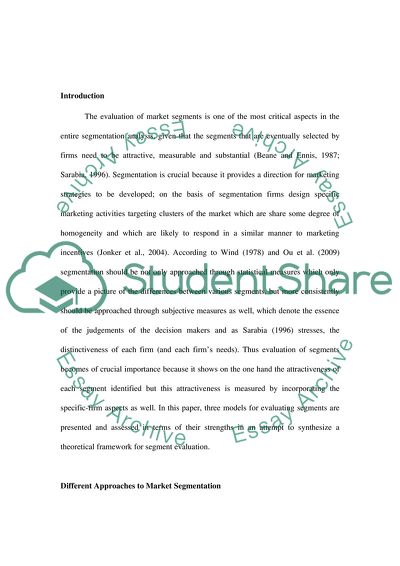Cite this document
(“A Conceptual Model for Evaluating of Market Segments Research Paper - 1”, n.d.)
A Conceptual Model for Evaluating of Market Segments Research Paper - 1. Retrieved from https://studentshare.org/marketing/1748696-a-conceptual-model-for-evaluating-segments
A Conceptual Model for Evaluating of Market Segments Research Paper - 1. Retrieved from https://studentshare.org/marketing/1748696-a-conceptual-model-for-evaluating-segments
(A Conceptual Model for Evaluating of Market Segments Research Paper - 1)
A Conceptual Model for Evaluating of Market Segments Research Paper - 1. https://studentshare.org/marketing/1748696-a-conceptual-model-for-evaluating-segments.
A Conceptual Model for Evaluating of Market Segments Research Paper - 1. https://studentshare.org/marketing/1748696-a-conceptual-model-for-evaluating-segments.
“A Conceptual Model for Evaluating of Market Segments Research Paper - 1”, n.d. https://studentshare.org/marketing/1748696-a-conceptual-model-for-evaluating-segments.


